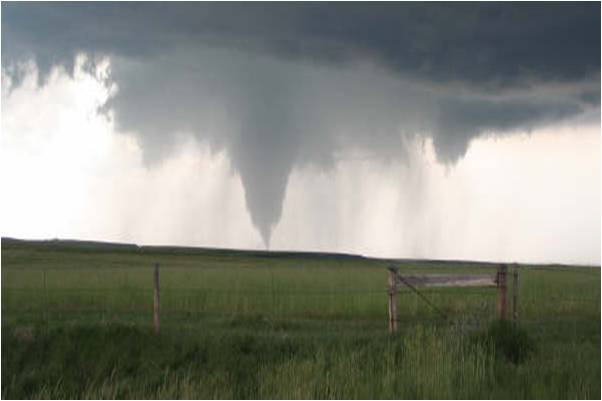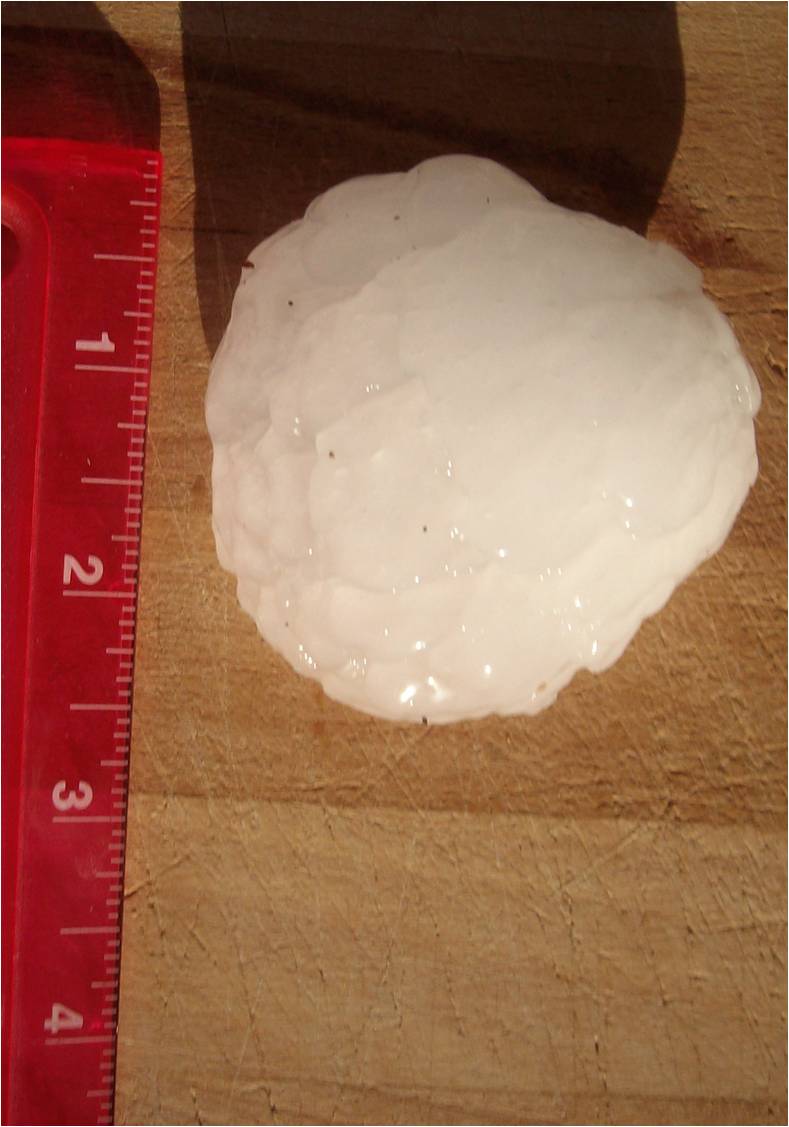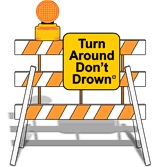

Photo Courtesy of Dan Fitts - Goshen County, WY - June 5, 2009.
The NWS and Wyoming Department of Homeland Security officials will conduct a STATEWIDE TORNADO DRILL AROUND 10:30 A.M. MDT Wednesday, April 12, 2017. The exercise is designed to train emergency services organizations and educate people how to respond to a tornado warning. Communities may sound local warning sirens and many schools will conduct safety drills for their students. The tornado drill will also include a test of the Emergency Alert System and the test warning will interrupt local radio and television broadcasts.
You do not need to take any action during the drill. However, officials encourage you to become familiar with safety rules and make plans to protect yourself and your family when storms develop. If an actual tornado warning was issued, it means a tornado has been sighted or indicated on radar and people should take shelter immediately. Tornado warnings are disseminated through NOAA weather radio, local television and radio stations, cable television systems, and outdoor warning sirens.
Tornado and High Wind Safety Information
|
Outdoors: If possible, seek shelter in a sturdy building. If not, lie flat and face-down on low ground, preferably in a ditch or coulee, protecting the back of your head with your arms. Get as far away from trees and cars as you can as they may be blown onto you in a tornado or from high winds.
Indoors: Go to the lowest floor, small center room (like a bathroom or closet), under a stairwell, or in an interior hallway with no windows. Crouch as low as possible to the floor, facing down; and cover your head with your hands or something soft like a mattress.
Vehicle: Vehicles are extremely dangerous in a tornado. If possible, get out of the car as quickly as possible and seek shelter in a sturdy building. If in the open country, run to low ground away from any cars (which may roll over on you). Lie flat and face-down, protecting the back of your head with your arms. Avoid seeking shelter under bridges, which can create deadly traffic hazards while offering little protection against flying debris.
|

Cheyenne, WY Tornado - July 1979. |
Hail Safety Information
|
 2.5 inch hail Greybull, WY August 7, 2009. 2.5 inch hail Greybull, WY August 7, 2009.
|
Outdoors: Seek shelter immediately. If you can’t find something to protect your entire body, at least find something to protect your head.
Indoors: Stay inside until the hail stops. Large hail can cause serious or even fatal injuries. Stay away from windows, especially those being struck by hail.
Vehicle: Stop driving. If you can see a safe place close-by to drive to (like inside a garage, under a highway overpass, or under a service station awning), do so as soon as you can. Do NOT leave the vehicle until it stops hailing. Stay away from car windows. Cover your eyes with something (like a piece of clothing). If possible, get onto the floor face down, or lay down on the seat with your back to the windows.
|
Flash Flood Safety Information
|
Outdoors: Get to higher ground as quickly as possible. Leave places likely to flood (e.g., canyons, ditches, dry stream beds) as quickly as possible. Do NOT try to cross flood water, it is flowing more quickly than you think.
Vehicle: Turn around and drive away from the flood area. DO NOT attempt to drive through the flooded area. Roads under the water could be washed out. A car that stalls in just two feet of water can be washed away. If your car stalls, exit the car immediately and get to higher ground.
|
 |

Flash Flooding WY-130 Washout, Carbon County - July 19th, 2011.
Additional Information
Some of the pages listed below are in a PDF format. To view these files Download Adobe Reader
Thunderstorms, Tornadoes and Lightning: Natures Most Violent Storms
Lightning Safety: National Website | Wyoming Lightning Safety Brochure | Wyoming Lightning Poster
Storm Spotter's Guide
Floods: National Website | Brochure
Turn Around Don't Drown: National Website | Brochure
Red Cross: Disaster Safety
|

